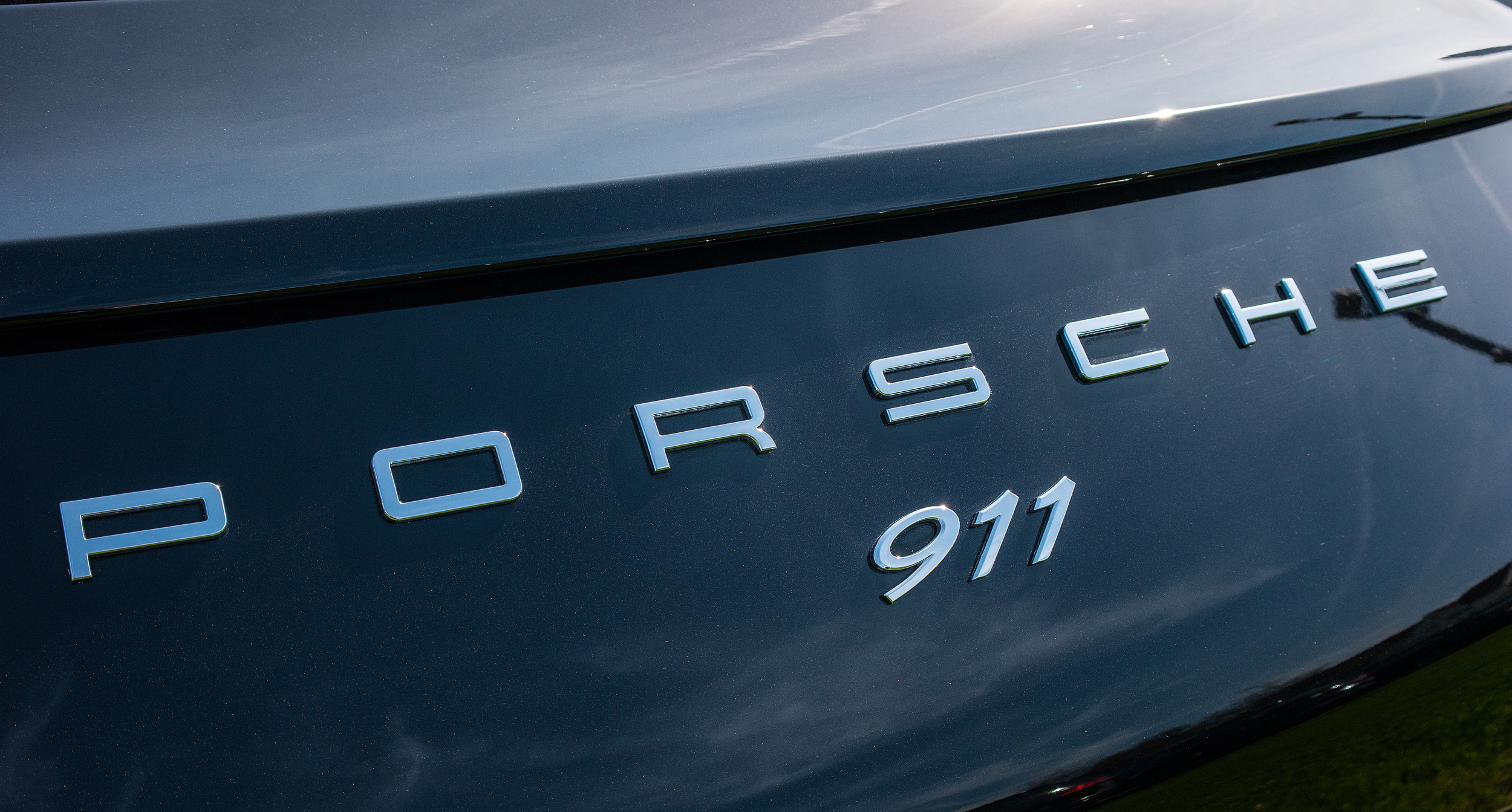Energy Density.
“Energy cannot be created or destroyed; it can only be changed from one form to another.”
— Albert Einstein
Thinking back to when I first heard this, I was perplexed, for all I had to do was look at the Sun and see energy being “created.” But later I learned that in fact energy is changing form, and a “nuclear reaction” is what causes energy in the form of light and heat from the Sun. So, energy is stored and converted from one form to another, and energy can be stored at different densities.
While at dinner recently with friends, the conversation drifted to Circuit of the Americas (COTA), Austin’s auto racetrack. Tom mentioned that he is a member of the Porsche Club, and they go to COTA when there are Open Driving days – the track is open for people to drive the circuit in street cars.
Tom noticed that his Porsche 911 gets around 15 miles per gallon (mpg) under normal driving, but when driving COTA the mileage drops to about 5 mpg. This made sense, as driving for performance on a track is about maximizing speed, while driving on the street is more restrained. Then Tom mentions he has not seen Porsche Taycans or Teslas at the COTA track days. We debate this a bit and conclude (just a guess) that even though Taycans and Teslas have amazing performance, the risk of depleting the batteries on a few race laps, the equivalent of 5 mpg for Tom’s 911, is something electric vehicle owners don’t want to risk. This is an energy density problem.
Advanced Air Mobility.
Advanced Air Mobility (AAM) is about delivering new travel services with new economic models, and energy density is a challenge. AAM has two main categories, Regional Air Mobility and Urban Air Mobility. Regional Air Mobility (RAM) provides flights of 100 to 400 miles on routes that the airlines don’t fly, shared by multiple passengers, and with travel speeds four times faster than driving. Urban Air Mobility (UAM) are trips of 10 to 100 miles for four passengers with point-to-point travel using landing pads. Both services are pursuing new power-plant options and each has specific energy density challenges. For example, for UAM flights, electric Vertical Take Off and Landing aircraft (eVTOL) use batteries for energy storage to power electric motors. Joby is a leader in the eVTOL space. They use multiple electric motors with propellers that pivot to take the aircraft from vertical flight to normal cruise flight, a common design for eVTOLS.
For UAM, eVTOLs operate like helicopters, not needing runways or airports, just a landing pad. Point-to-Point travel means a trip from a downtown office building to a landing pad at a suburban shopping mall does not need to be long for passengers to get the travel time benefits. The lower energy density of batteries is not an issue since the short trips do not need a lot of range from the batteries.
Flights of 100 to 400 Miles.
For RAM, the model is to use existing airports, flying aircraft with eight seats on flights of 100 to 400 miles, using General Aviation airports — there are 5,000 in the US. Longer flights and more passengers mean a higher energy density solution is needed.
For comparison, electric motors are about 90% efficient in converting electricity into work — in this case turning the propeller to fly the aircraft. Internal combustion engines are about 25% efficient. But the energy density of gasoline is about 100 times greater than batteries. Even with the lower efficiency of internal combustion engines, the range and payload of a gasoline-powered aircraft is much greater than a battery-powered one.
Side note – a question comes up, “where does the other 75% of energy go?” from internal combustion engines. It’s converted to heat and noise, Tom laughed “a lot of noise with my 911!”
Energy density is why Tom is comfortable driving around COTA at top speeds and 5 mpg — he knows how much fuel he has and if needed he could refill at a nearby gas station. It appears that Electric Vehicle owners are not as comfortable with their car’s energy usage and density when in “race mode.”
Battery improvements have been a steady but slow process. So, the energy density gap between gasoline and batteries should close over time. But what to do in the meantime?
Fuel Savings of 50 to 70%.
Ampaire is a company WingTips has partnered with to address the energy density gap specifically for Regional Air Mobility, while still providing the benefits of electrified flight. Ampaire is focused on electric aviation, and they want to bring products to market sooner than later. They have made incredible progress towards certification of their Hybrid Electric power plant, which is about two years from production. Like hybrid cars, Ampaire has created a power plant that uses an internal combustion engine linked to an electric motor and battery pack. Their hybrid electric aircraft is demonstrating dramatic improvements in operating efficiencies. The Eco Caravan from Ampaire forecasts fuel savings of 50 to 70% compared to the normal Cessna Caravan. This is a ‘game changer’ for WingTips, reducing one of the largest cost of operations, fuel! The cost savings allow WingTips to hit our target fares for passengers, a key driver to scale the service. And flights reach breakeven at lower passenger counts, so we can fly even when only a few passengers are traveling.

